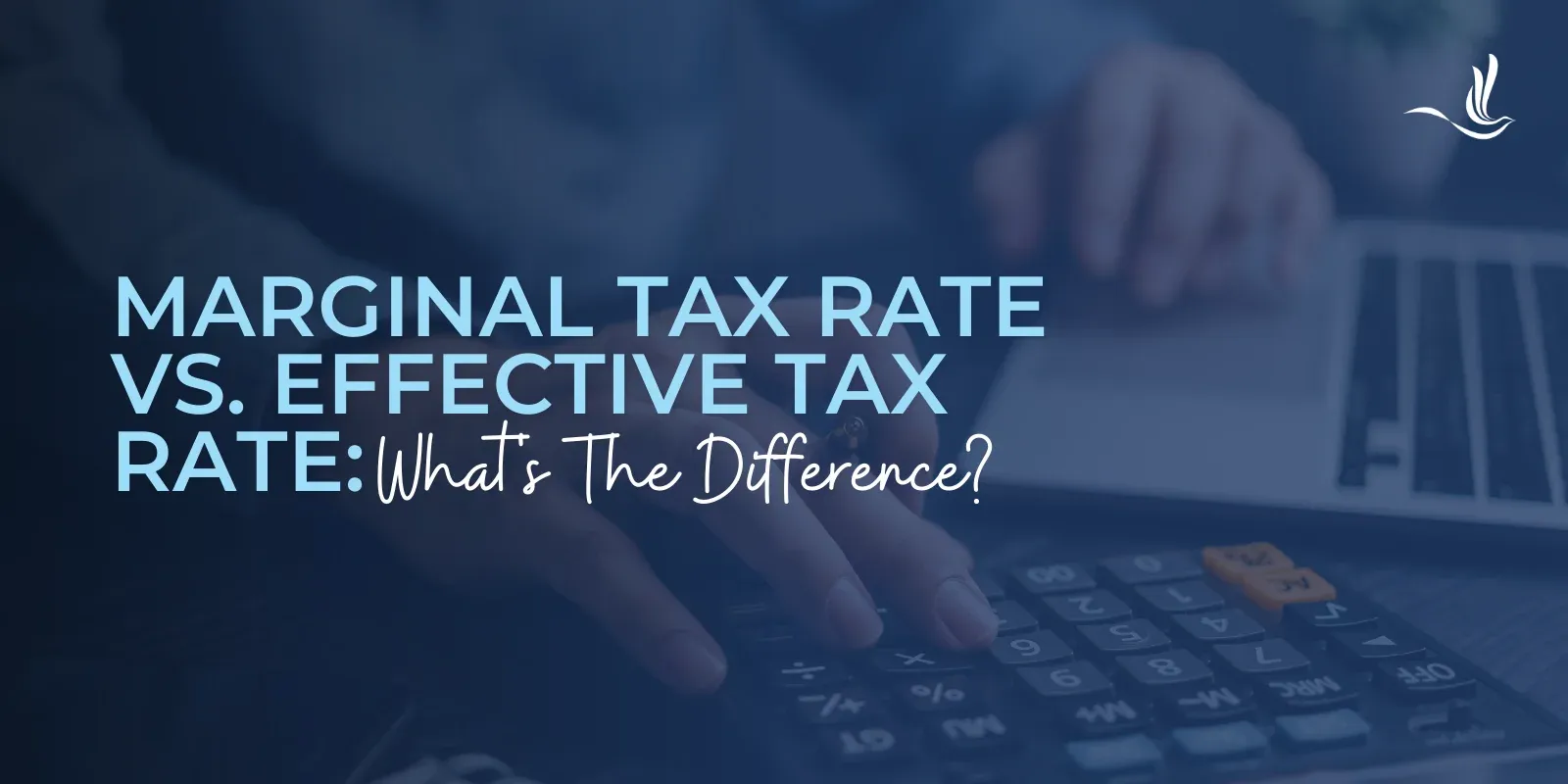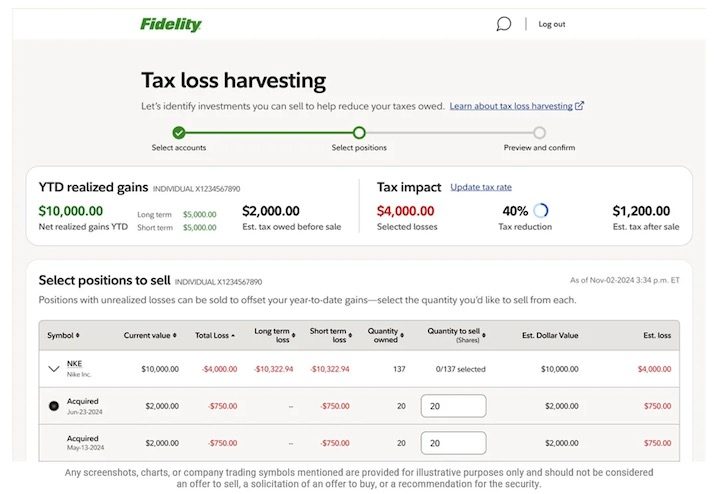I went to an all-boys high school — Christian Brothers Academy — where the closest thing we had to a security system were hallway monitors yelling at you to tuck in your shirt.
The only serious threat we faced was nuclear extinction, which was somehow avoided from hiding under a desk.
But for decades now, school safety in many U.S. schools has meant metal detectors at the front doors, cameras in the hallways and sometimes even officers patrolling the halls.
And these days, an entirely new layer of safety is being added.
Across the country, districts are deploying artificial intelligence to monitor student chats, scan social media, detect weapons and flag potential threats before an incident can occur.
Proponents say these tools can identify threats faster than any human, buying precious seconds in an emergency.
But critics warn that these same systems can be alarmist, intrusive, and — when the AI makes a bad call — deeply damaging for the students who are wrongly implicated.
And there’s mounting evidence that both views might be right…
Digital Surveillance Goes Live
In recent years, thousands of U.S. schools have licensed AI-powered monitoring platforms like Gaggle and Lightspeed Alert.
These cloud-based services integrate directly with school-issued email, documents and chat apps, essentially functioning like an automated hall monitor for the digital world.
And they work by constantly scanning student messages and files for keywords and phrases linked to violence, self-harm, bullying or other safety concerns.
When something triggers the system, an alert is sent to school staff so they can decide whether to intervene.
You can clearly see the promise of these AI tools. Early intervention can save lives.
But the reality of their effectiveness is far more complicated.
For example, a 13-year-old in Tennessee was arrested after Gaggle flagged a joke about a school shooting the student made in a private chat.
That message set off a chain of events that included an interrogation and a strip search.
And it led to the student being placed under house arrest.
Local authorities said they acted “out of caution.” But privacy advocates called it a textbook case of overreach.
In Lawrence, Kansas, administrators reviewed over 1,200 Gaggle alerts during a 10-month span.
And it turns out that nearly two-thirds of the incidents were false alarms that were flagged for things like writing about “mental health” in a college essay, or because an art project referenced a weapon in a fictional context.
Because of incidents like these, the companies behind these AI tools say they’ve refined their algorithms to reduce unnecessary flags. Some terms, like LGBTQ references, were removed after bias complaints.
But civil liberties groups argue that the underlying issue is still there.
The fact is, normal teenage behavior can often be interpreted as dangerous.
And now that every keystroke can be monitored, there’s a far greater chance that ordinary mistakes any kid might make could be treated as threats.
But for many schools, it’s worth that risk. And digital surveillance is just one layer of school protection provided by AI.
In East Alton-Wood River High School in Illinois, an Evolv Express AI-powered weapons detection system was installed to scan students as they entered the building.
Over the course of roughly 17,678 entries, the system generated 3,248 alerts.
Yet only three of them turned out to be dangerous contraband.
That’s a false-positive rate above 99%.
But district officials say the system is worth using because it forces students to think twice before bringing anything questionable into the school.
ZeroEyes is an AI platform that uses video to scan live security footage for firearms. When it thinks it sees one, an alert is sent to a human reviewer before being forwarded to police.
The company insists that keeping a human reviewer in the loop limits false alarms.
Yet a recent Statescoop investigation found that its alerts have triggered lockdowns over harmless items, including a student walking in with an umbrella.
Despite these false alarms, ZeroEyes has been implemented in schools across 43 states.
One district to keep an eye on is Loudoun County, Virginia, which began rolling out an AI platform called VOLT this summer.
Rather than trying to identify individual students, VOLT’s algorithms are trained to spot suspicious movements, like the motion of someone drawing a firearm.
Any alerts are then passed to school security staff, who review the footage before deciding whether to act.
Officials argue this reduces privacy concerns and helps cut down on false positives. Which seems like a win-win.
But no matter how advanced the technology, these AI systems aren’t infallible.
Last year in Nashville, an Omnilert system failed to detect a real shooter’s weapon at Antioch High School.
Horrifically, a student was killed. It’s a sad reminder that when AI gets it wrong, the consequences can be devastating.
Here’s My Take
To me, the main question isn’t whether AI can help keep schools safer…
It’s how much risk is society willing to take on in exchange for that safety.
Because there’s a privacy trade-off with all these AI-powered security platforms.
I understand that false positives can traumatize students.
But false negatives can cost lives.
So I believe AI-enhanced security is the logical next step.
But school districts can’t afford to “set and forget” these systems. They have to be paired with clear policies and constant evaluation of what’s working and what’s not.
I’m confident that the technology will improve. And within the next five years, AI surveillance will likely be as common in American schools as pizza in the cafeteria.
The challenge is making sure that adoption doesn’t come at the cost of trust.
Because whether it’s a large public high school or my own small alma mater, the goal should be the same…
A school that feels like a place to learn, not a place to be policed.
Regards,
Ian King
Chief Strategist, Banyan Hill Publishing
Editor’s Note: We’d love to hear from you!
If you want to share your thoughts or suggestions about the Daily Disruptor, or if there are any specific topics you’d like us to cover, just send an email to [email protected].
Don’t worry, we won’t reveal your full name in the event we publish a response. So feel free to comment away!
Disclaimer: This story is auto-aggregated by a computer program and has not been created or edited by finopulse.
Publisher: Source link








